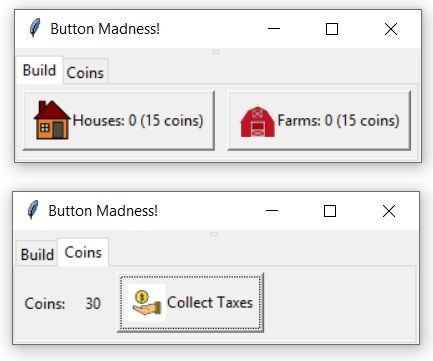Hey guys,
I'm putting together a little thing in Python, a city builder of sorts. Nothing fancy, to be sure. The user will click on buttons to purchase items. In-game currency will be collected via taxes. I'd like to include population growth and pretty much anything that the big city builders keep track of.
One of the things I'm not sure how to do is simulate population growth. Each house will have a capacity, so it would be easy to say that a population couldn't grow beyond a certain point (to keep things simple), or if the population grew beyond residential capacity, there would be a homeless population to keep track of (maybe later). What factors would affect population? I'm thinking several things but not sure how to include them in formulas. Building a school could encourage more people to move in. Building other service buildings would help as well. This may not be a game design question (rather something for another forum), but how would you factor in multiple things to raise or lower the chances the population grows?
And money won't be the only metric. Farms will produce food, which might be needed in order to build restaurants.
The pic I've attached shows the very basic and early GUI I'm playing with. Since there won't be any other graphics beyond the buttons (and maybe graphs later), there will be lots of buttons and pages to produce a lot of interactions and gameplay methods.
I'd love any ideas you have to offer.








